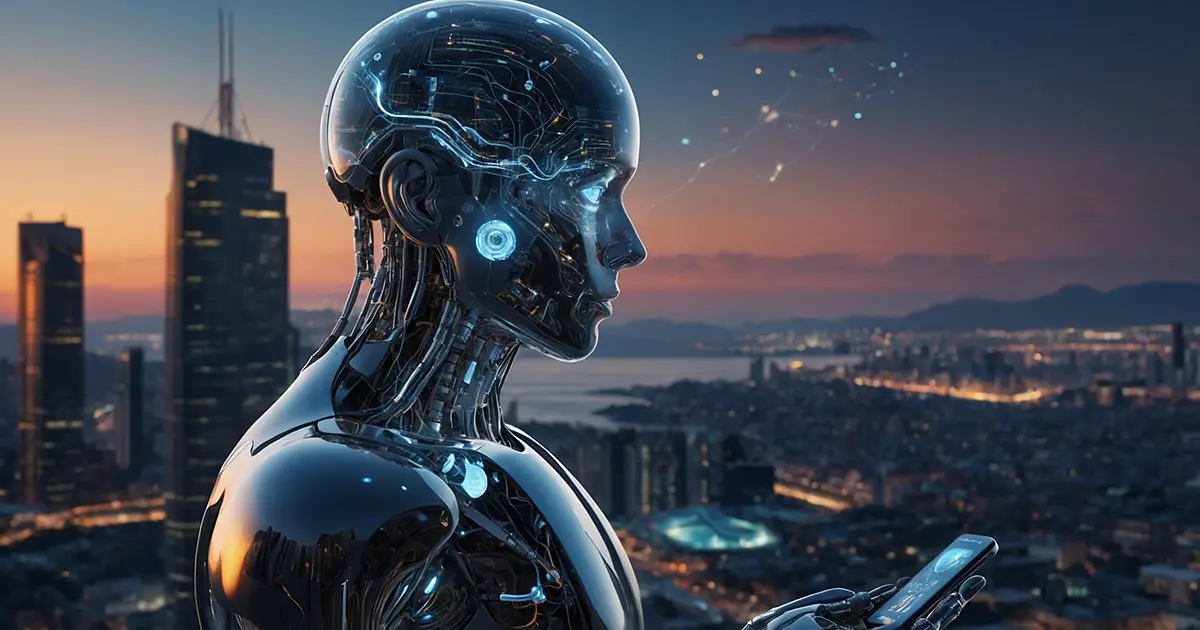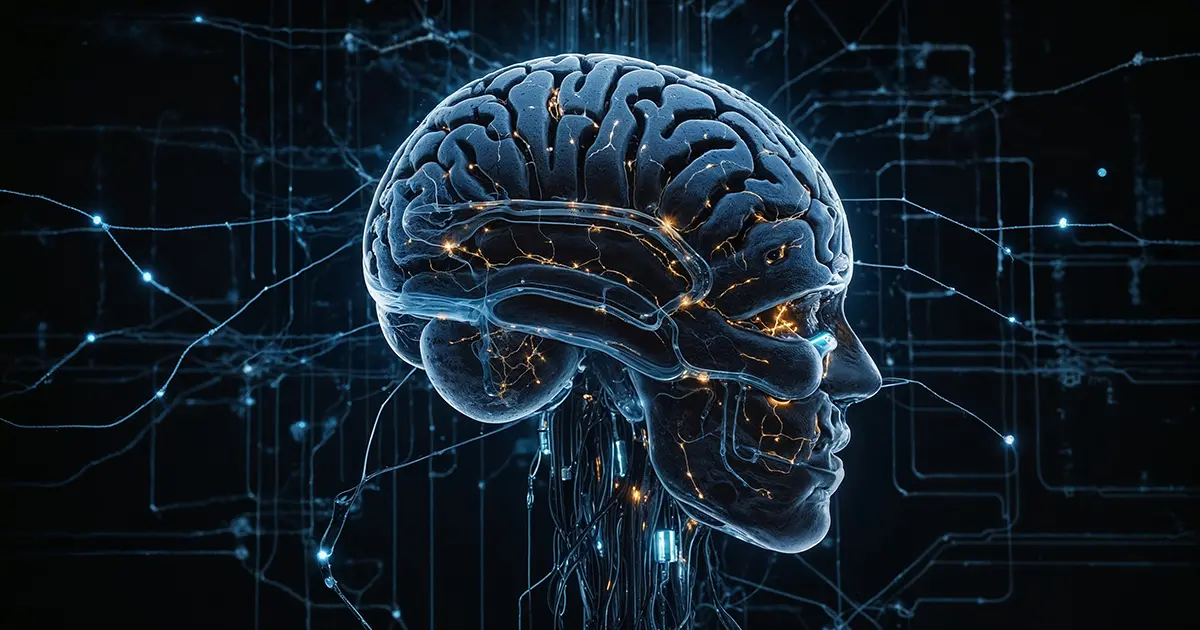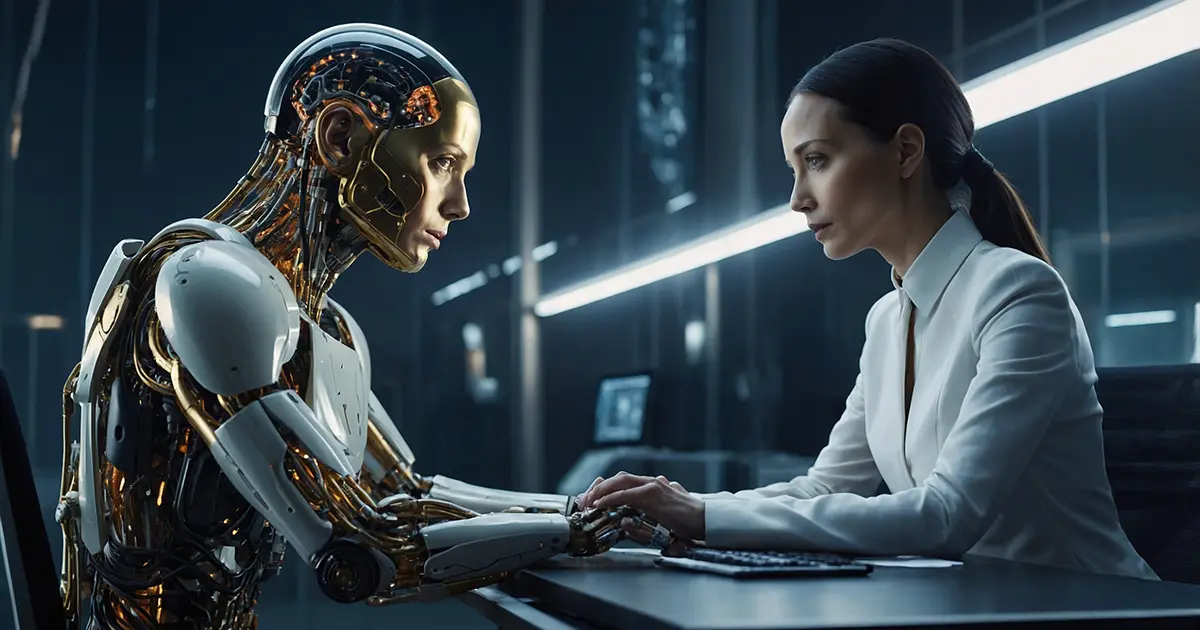Artificial Intelligence: Tracing Its Journey from the 1950s to Today
The journey of artificial intelligence began decades ago, driven by human curiosity and the desire to create machines that could “think. From early experiments to the modern AI revolution, this article explores how AI has evolved, step by step, into a transformative technology that impacts our everyday lives.
Early beginnings of Artificial Intelligence
The history of artificial intelligence (AI) begins much earlier than many people realize. The concept of creating a machine that could “think” has been around for centuries, appearing in myth and literature. But AI as a scientific endeavor really began in the 1950s. In 1956, a small group of scientists met at Dartmouth College in the United States. This meeting, known as the Dartmouth Conference, is considered the official birth of AI. The goal of these scientists, including John McCarthy (who coined the term “artificial intelligence”), Marvin Minsky, and Claude Shannon, was ambitious: to create machines that could mimic human thought processes. This early phase of AI focused largely on solving simple mathematical problems and understanding the basic components of human reasoning.
The first steps: Creating the first AI prototypes
The early years of AI were characterized by trial and error as researchers tried to build machines that could perform simple tasks. The 1950s and 1960s were pivotal in developing the foundations of AI. Alan Turing, a British mathematician, laid the foundation for AI with the idea that machines could simulate any human action if they could be programmed properly. His famous “Turing Test” was an early attempt to measure whether a machine could exhibit human-like intelligence.
The first practical AI models came in the form of computer programs designed to perform logical tasks. One such example was “Logic Theorist,” created by Allen Newell and Herbert A. Simon in 1956. This program could prove mathematical theorems, effectively demonstrating that machines could do intellectual work. Another early AI program, “ELIZA,” developed in the 1960s by Joseph Weizenbaum at MIT, simulated a psychotherapist by responding to user input with simple questions or statements, suggesting how computers could mimic conversation.

The development of AI accelerated when companies like IBM and Stanford Research Institute (SRI) got involved. IBM’s Deep Blue, although developed later in the 1990s, was one of the first AI systems to defeat a world chess champion, Garry Kasparov, demonstrating the potential of machine learning. SRI also contributed in the 1960s with “Shakey the Robot,” the first robot capable of making decisions about its actions based on its environment, demonstrating the practical possibilities of AI beyond simple computation.
The rise of machine learning
The journey from simple AI programs to more complex machine learning systems began in the 1980s. Researchers shifted their focus from rule-based systems to algorithms that allowed machines to learn from data. This was the beginning of what we now call “machine learning. During this era, AI began to be used in real-world applications, such as medical diagnostic systems and financial forecasting. This shift from rule-following machines to self-improving machines marked a major leap in AI capabilities.
Key milestones in the evolution of AI
There have been several critical milestones in the evolution of AI. Here are some of the most important:
These milestones represent important steps in AI’s ability to understand, learn, and adapt.
Challenges and setbacks in early AI
Despite the enthusiasm, the early years of AI were not without challenges. Progress was often slower than expected, and the 1970s and 1980s are sometimes referred to as the “AI winter”-periods when funding and interest in AI research waned due to unmet expectations. It took breakthroughs in computing power and new algorithms to overcome these setbacks. The advent of neural networks and big data in the 1990s and 2000s finally allowed AI to realize its long-promised potential.
The Modern Era: AI in everyday life
Today, AI is everywhere-from the voice assistants on our phones to the recommendation algorithms on streaming platforms. Companies like Google, Microsoft, and Tesla are using AI to enhance products, improve services, and make our lives more efficient. Modern AI is no longer just about beating humans at games; it’s about improving human life through intelligent automation. AI is now helping in fields like healthcare, education, and transportation, solving problems once thought impossible for machines.

How we simplify AI concepts for beginners
On our website, we take the complex history and principles of AI and break them down into simple, easy-to-understand pieces. Our goal is to ensure that even a complete beginner can follow along and understand how AI works and why it’s important. By starting with the basics and gradually moving to more advanced ideas, we ensure that everyone, regardless of background, can feel comfortable learning about artificial intelligence. With our clear explanations and practical examples, you’ll be familiar with AI concepts in no time.
Conclusion: Explore more about AI
The story of artificial intelligence is one of curiosity, ambition, and continuous development. Understanding its history helps us appreciate the journey from early ideas in the 1950s to the powerful AI systems we use today. If you’re curious about how AI is impacting everyday life, dive into our other sections – whether it’s learning the basics of AI, understanding AI security and ethics, or exploring AI in everyday tasks. There’s always more to explore!


















